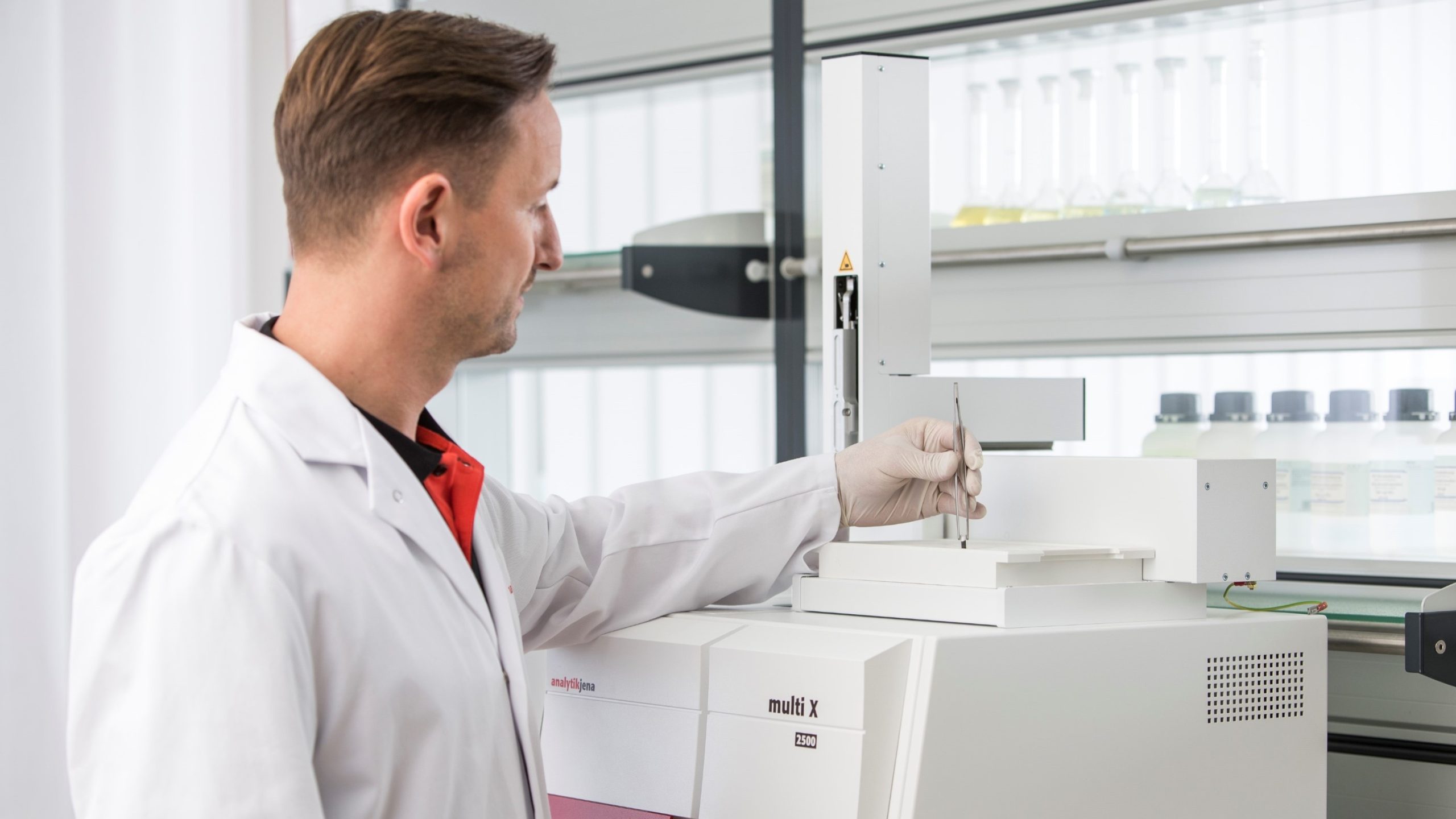In 2022, raw sewage was pumped into English rivers and seas for 1.75 million hours, or 200 cumulative years. Despite awareness of the need for environmental safeguarding growing every year, UK waterways still suffer pollution of the foulest kind. And it isn’t only sewage that waste companies have to worry about
Here, Matt Allen, product manager for elemental analysers at SciMed, the UK’s largest distributor of lab equipment, explains why testing water for halogen species will be a serious consideration in the near future.
Industry in the UK has come a long way towards sustainability in the last century. Gone are the days when processing plants would belch unfiltered arsenic and sulphurous fumes into the skies and pour black, smoking waste into rivers.
Indeed, in 2023 there exist regulations to test all manner of waste produced by industrial processes, and directions to safely treat that waste which does not pass the test before it can be disposed of. Two regulations in particular, ISO9562 and EPA1650, deal with adsorbable organically bound halogens (AOX), a measurable halogen species.
The threat of halogens escaping into the environment should not be underestimated. Toxic and carcinogenic, these chemicals can easily be subsumed into the food webs in aquatic environments where they deal significant damage to the local ecosystem. Furthermore, there are no perfect safeguards to detect these halogens in seafood prior to human consumption, so there is a meaningful risk to life.
For these reasons the Environmental Agency, whose jurisdiction covers England, have followed the lead of slightly more prescient European authorities in making AOX testing mandatory. Although the legislation isn’t yet being rigidly enforced, by summer 2024 all water and wastewater companies seeking to dispose of effluent must demonstrate that they’ve followed the testing protocols fastidiously.
The testing protocols for AOX
So just what are these tests that waste disposal companies will have to pass to satisfy the environmental legislation? The name of the molecules being tested for lends a clue: adsorbable organic halogens. “Halogens” covers a group of elements, and it is chlorine that is of most concern in this testing regime.
The first step is sample preparation: solid or liquid samples are transformed into an analysis-ready state. Some analytical instruments are limited to either horizontal or vertical sample delivery, meaning only solid or liquid samples respectively are compatible; solid samples require horizontal delivery.
To prepare pulp, sludge, sediment or wastewater for AOX analysis, it is acidified, mixed with a nitrate-containing solution and passed through activated carbon columns at a set speed. This prompts the chloride, bromide and iodide ions to adsorb to the surface of the carbon. The carbon is then combusted to release the halogens which are then quantified using micro-coulometric titration.
Although the dangers of environmental contamination with AOX are clear to all involved, the legislation enforcing testing responsibility on waste companies has been slow to come into effect. When that day comes, however, operations directors can rest easy knowing that technological advancements in AOX testing instrumentation will make the process easier and smoother than ever before.
Autosamplers reduce expenditure on technical staff, duplex and triplex columns allow heavier and dirtier samples to be analysed, and flexible sample delivery means both solid and liquid samples can be analysed using the same equipment. The Multi X2500 Analyser from Analytik Jena is the only one on the market that offers all these features.
Incentivising waste companies to take contaminant testing seriously by making the process more cost-efficient is a crucial step towards better environmental protection. The PlasmaQuant PQMS ICP-MS uses 10-12 L min-1, 50% less argon than other leading ICP-MS systems, saving up to £80,000 over a ten year period.
Only through both the carrot of financially appealing options and the stick of effective legislation can the scientific community guard delicate aquatic ecology, and indeed the general population, from chemical contamination.
To find out more about how SciMed could help your business meet the impending wastewater quality regulations, visit the AOX analysis page on the SciMed website.





